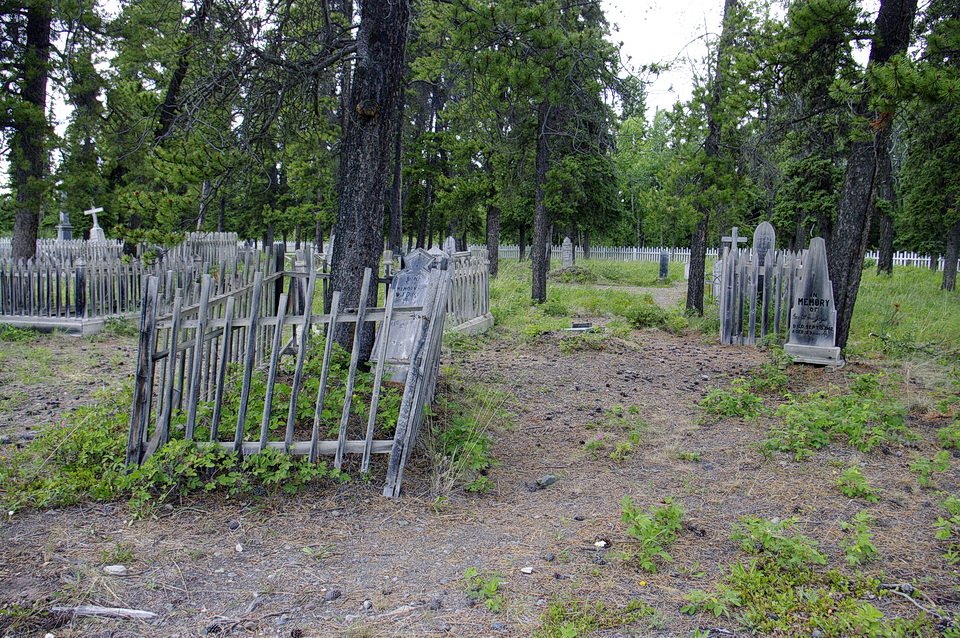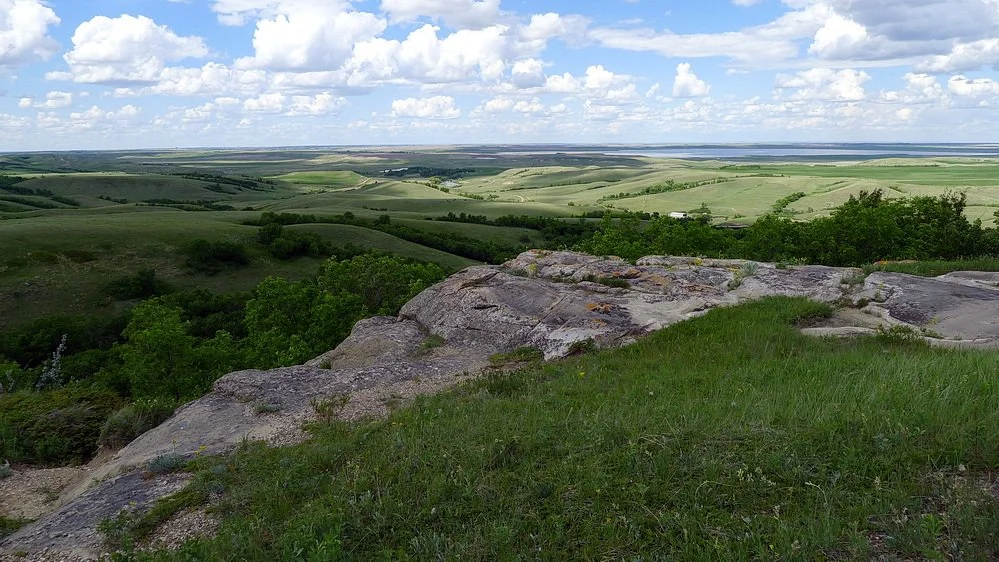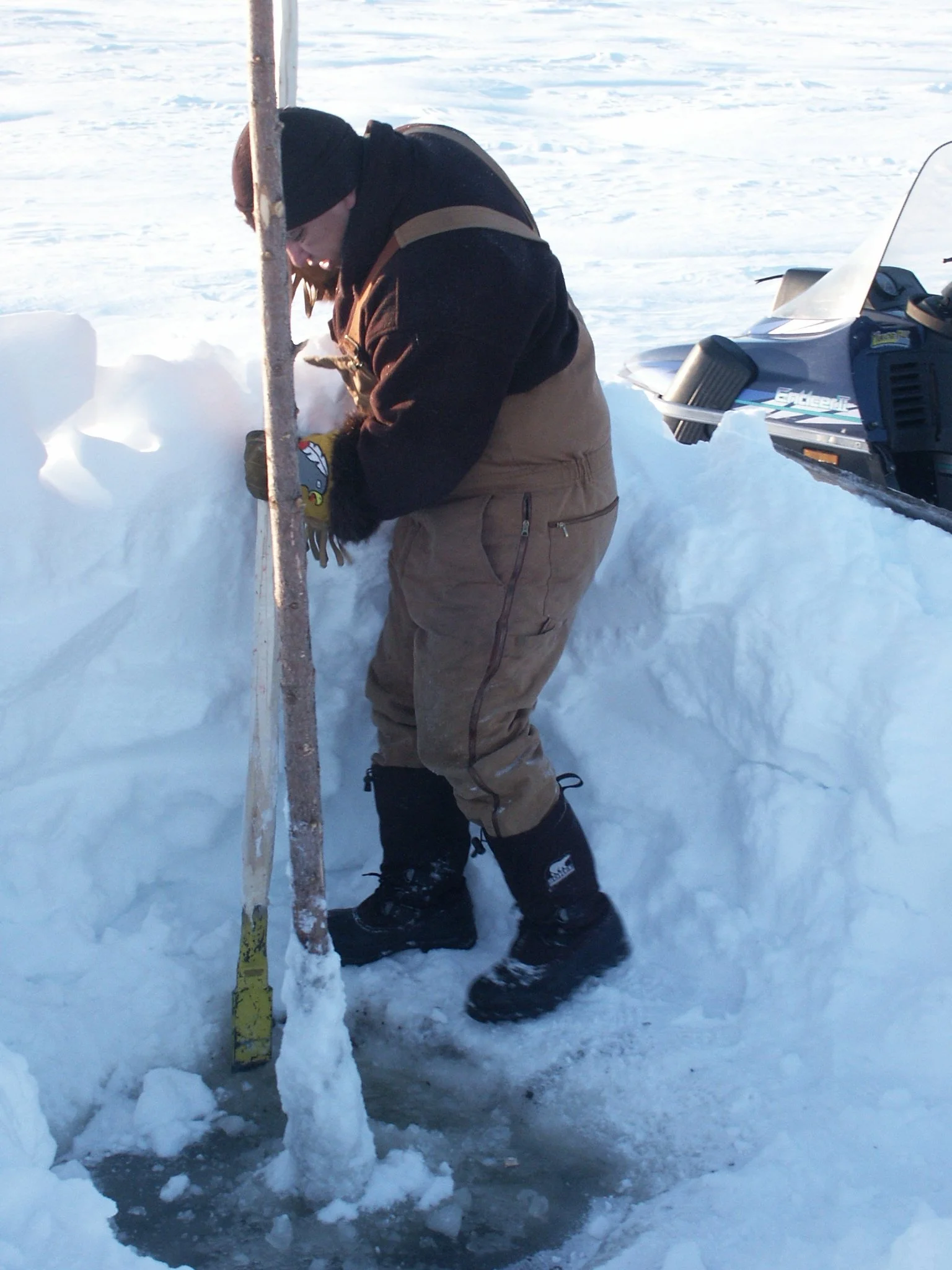Far North Friday #89: Important Places And Development
Let me state at the outset that I am not speaking on behalf of anyone. I am not an expert on the subject. I am just sharing a reflection that I heard, and have thought about, during my career when I visited the far north across Canada.
One question often asked of First Nation people living in remote areas is “do you support development?”.
Development is complicated. The answer to the question is complicated.
I listened to discussions about development. I have an incomplete understanding why there is caution about some types of development. There are several, interconnected perspectives on this complicated subject. I share one, in isolation, and that is risky.
I hear: “there will be jobs”; “you will have regular income”; “you will be able to buy things, including healthy food”; and “your self esteem, physical state and mental health will improve”. All are important.
So, why the reluctance to embrace development?
Let’s re-frame the question. Do you have an important place where you go to:
pray, worship, or otherwise practice your spirituality - perhaps you call that your church (Photo 1);
Photo 1: The old Roman Catholic church, located on Eabamet Lake, in the homeland of Eabametoong First Nation, Ontario. Photo composed in August 2001.
visit the resting places of your loved ones and connect with their spirits - perhaps you call that a cemetery;
Photo 2: The cemetery in Atlin, British Columbia, Canada. Photo composed by Andy Fyon, July 19/08.
practice, share, and perpetuate your culture (Photo 3);
Photo 3: Protected within St. Victor Petroglyphs Provincial Historic Park, Saskatchewan, Canada, this sandstone cliff ledge is a sacred place. First Nation people created carvings in the rock between AD 500 and 1700. Carvings include shapes of animal tracks, like buffalo, deer, elk, black and grizzly bear, but no horses. Shapes of turtles, human hands, feet and heads also occur. The symbols may reflect spiritual or cultural rituals, such as hunting. The carvings are thought to have been created by ancestors of the Dakota and Nakota First Nation people. Photo composed by Andy Fyon, June 12, 2012.
sit in silence, by a lake, beside your loved ones, and enjoy the beauty and tranquillity (Photo 4);
Photo 4: Sunrise and a quiet time to sit beside Canisbay Lake, Algonquin Provincial Park, Ontario, Canada. Photo composed by Andy Fyon, Aug. 8/18.
share family history with grandchildren (Photo 5);
Photo 5: Andy Fyon with kids, in the evening, by Eabamet Lake, in the homeland of Eabametoong First Nation. Photo composed by Lori Churchill, Fort Hope, Ontario, Canada, July 3/03.
get your food from an uncontaminated place (Photo 6);
Photo 6: Brad Yesno chops the ice away from a fish net placed under the ice on Eabamet Lake, in the homeland of Eabametoong First Nation, near the reserve community of Fort Hope, Ontario, Canada. Photo composed by Andy Fyon Feb. 20/03.
get your life-saving and spiritual medicine from a pristine place (Photo 7);
Photo 7: Gathering berries, Hudson Bay lowland tundra, north of the tree line, in the homeland of Washaho Cree Nation, north of the reserve community of Fort Severn, Ontario, Canada. Photo composed by Andy Fyon, Aug. 10/12.
relax and recharge, reduce your heart rate, and melt away your stress (Photo 8);
Photo 8: A special, tranquil, place beside a lake south of Sudbury, Ontario. Photo composed by Andy Fyon, May 12/07.
recreate, like fish, hunt, canoe, camp, listen to the birds and the wind in the treetops, smell forest air, watch or photograph the stars (Photo 9);
Photo 9: Watching the night sky over Lake of Two Rivers, Algonquin Provincial Park, Ontario. Photo composed by Andy Fyon, Sept. 27/21.
honour your commitment to protect those special places you made to your grandparents.
We all have special places like that. They are important to our soul. I think to our existence.
Now, how would you react if someone proposed to build a new apartment building on top of the cemetery where your parents, your child, or your grandparents are buried?
How would you react if someone proposed to build an industrial plant on the greenspace, beside the elementary and nursery schools, where the kids play after school?
How would you react if a new 15 story medical centre was planned for construction in a mature, residential neighbourhood, beside your bungalow house? You are reminded that the perpetual shade from the hospital building will reduce your summer air conditioning costs.
All those developments are important. But your special places will change forever. What of the commitment you made to your grandparents to protect those special places. How will the loss of those special places affect your soul?
How would you react if the decision was imposed on you, based on the values of others who live elsewhere and whose special places will not be affected.
How would you react given you thought there was an understanding - an agreement of sorts - to share decision-making. Yet, you learn the decision will be imposed because of a greater good.
If the decision is yours alone, what decision do you make?
I am quite certain our individual decisions would differ. I am also quite certain that we would each rationalize our decision differently, based on different values.
It is important to ask the questions. It is only by asking and listening that we begin to understand each other’s perspectives. So, regarding the original question? Is there a right or wrong answer? It is complicated. The respective answers should not be dismissed.
Nov 25/22; Facebook Nov. 18/22.









